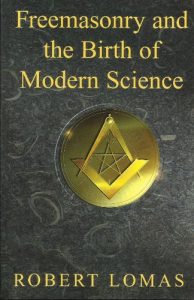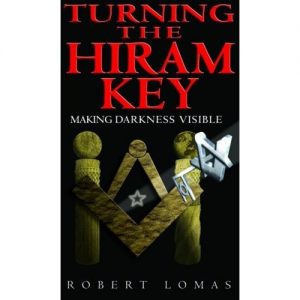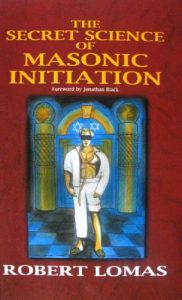In 1660, within a few months of the restoration of Charles II, a group of twelve men, including Robert Boyle and Christopher Wren, met in London to set a society to study the mechanisms of nature. At the time when superstition and magic governed reason, the repressive dogma of Christian belief silenced many, and where post-war loyalties ruined careers, these men forbade the discussion of religion and politics at their meetings. The Royal Society was born and with modern, experimental science.
This situation seems unlikely enough, but the fact that the founding members came from both sides of a brutal Civil War makes its origins all the more astonishing. Freemasonry and the Birth of Modern Science is a fascinating study of the turbulent political, economic, and religious background to the formation of the Royal Society - an era of war against the Dutch, the Great Plague, and the Great Fire of London. In particular, it reveals the ambitions of one man, Sir Robert Moray, the key driving force behind the society. Building on his detailed experience of another organization and the principles on which it was based, Moray was able to structure and gain finance for the Royal Society. This other organization, the "Invisible College" as Boyle called it, is known today as Freemasonry.
Freemasonry and the Birth of Modern Science will make you reassess many of the key events of this period and will show how Freemasonry, supported by Charles II, was the guiding force behand the birth of modern science, under the cover of the Royal Society.
Robert Lomas gained a first-class honors degree in electrical engineering before earning a Ph.D for research into solid state physics and crystalline structures, In 1986, he became a Freemason and quickly became a popular lecturer on Masonic history before co-authoring the international bestsellers, The Hiram Key, The Second Messiah and Uriel's Machine (Fair Winds Press, 2001). He currently lectures in Information Systems at Bradford University School of Management
This situation seems unlikely enough, but the fact that the founding members came from both sides of a brutal Civil War makes its origins all the more astonishing. Freemasonry and the Birth of Modern Science is a fascinating study of the turbulent political, economic, and religious background to the formation of the Royal Society - an era of war against the Dutch, the Great Plague, and the Great Fire of London. In particular, it reveals the ambitions of one man, Sir Robert Moray, the key driving force behind the society. Building on his detailed experience of another organization and the principles on which it was based, Moray was able to structure and gain finance for the Royal Society. This other organization, the "Invisible College" as Boyle called it, is known today as Freemasonry.
Freemasonry and the Birth of Modern Science will make you reassess many of the key events of this period and will show how Freemasonry, supported by Charles II, was the guiding force behand the birth of modern science, under the cover of the Royal Society.
Robert Lomas gained a first-class honors degree in electrical engineering before earning a Ph.D for research into solid state physics and crystalline structures, In 1986, he became a Freemason and quickly became a popular lecturer on Masonic history before co-authoring the international bestsellers, The Hiram Key, The Second Messiah and Uriel's Machine (Fair Winds Press, 2001). He currently lectures in Information Systems at Bradford University School of Management











